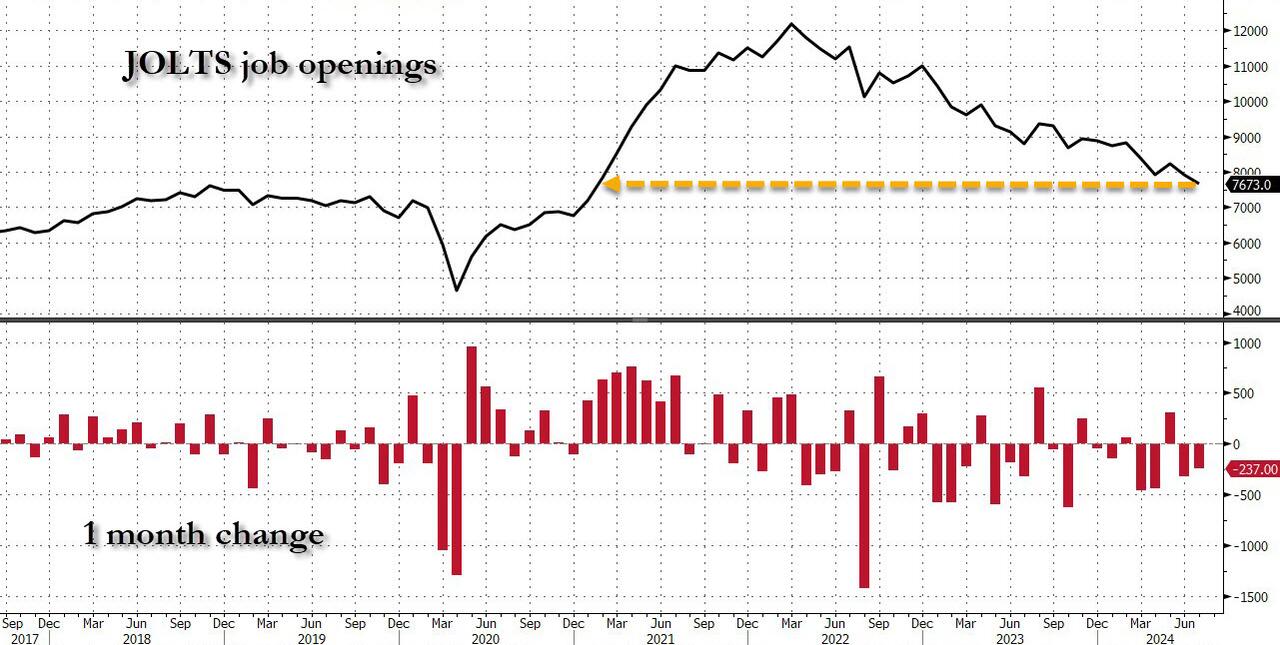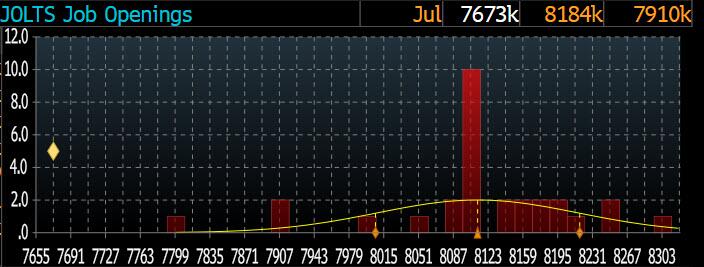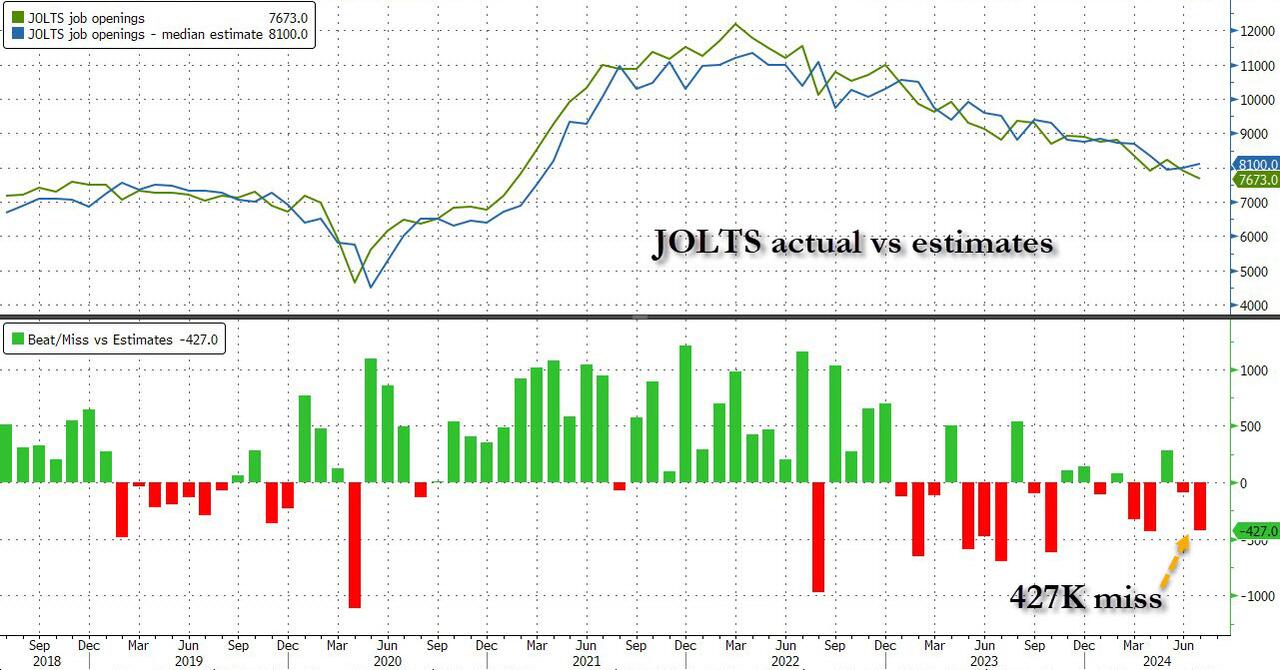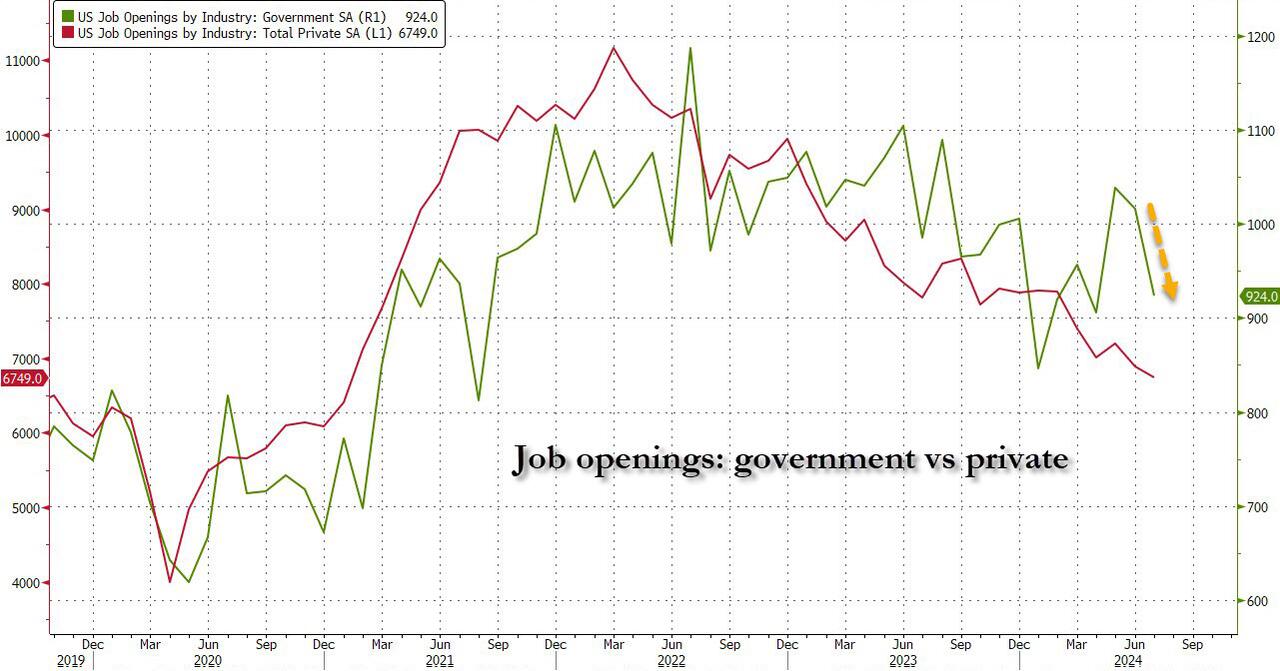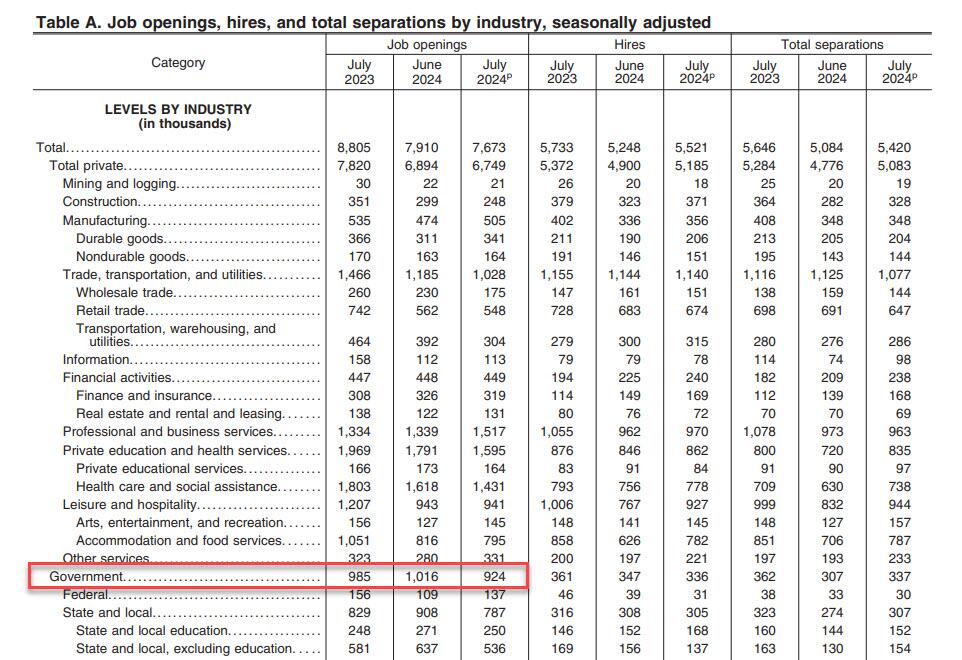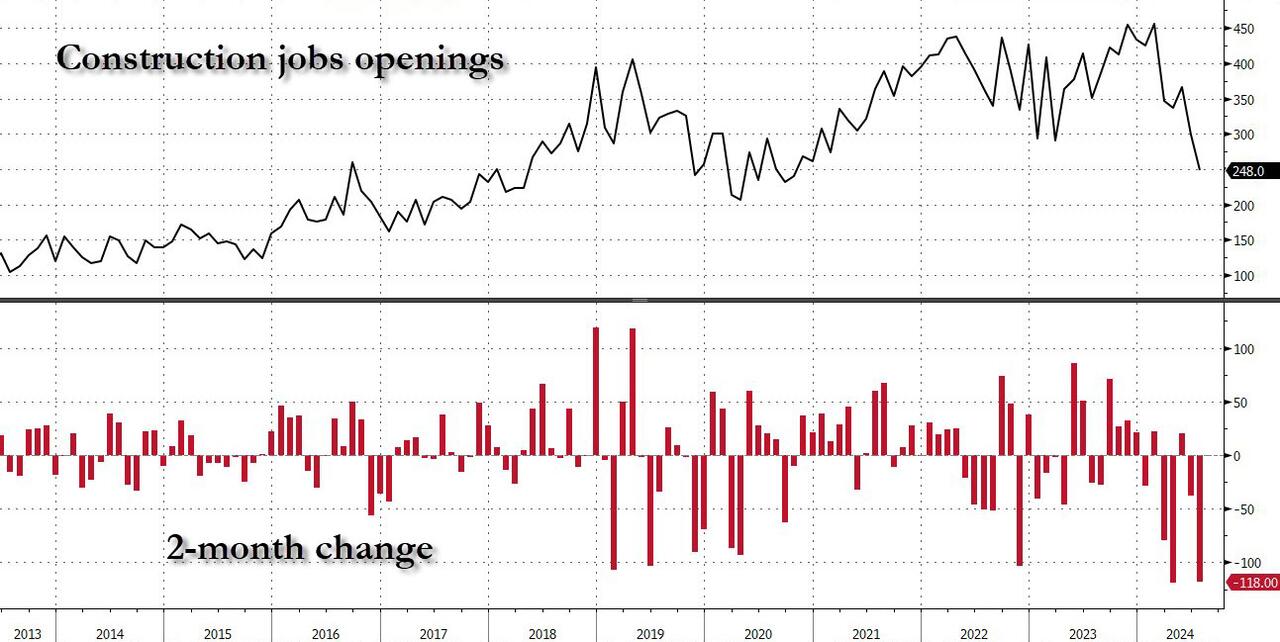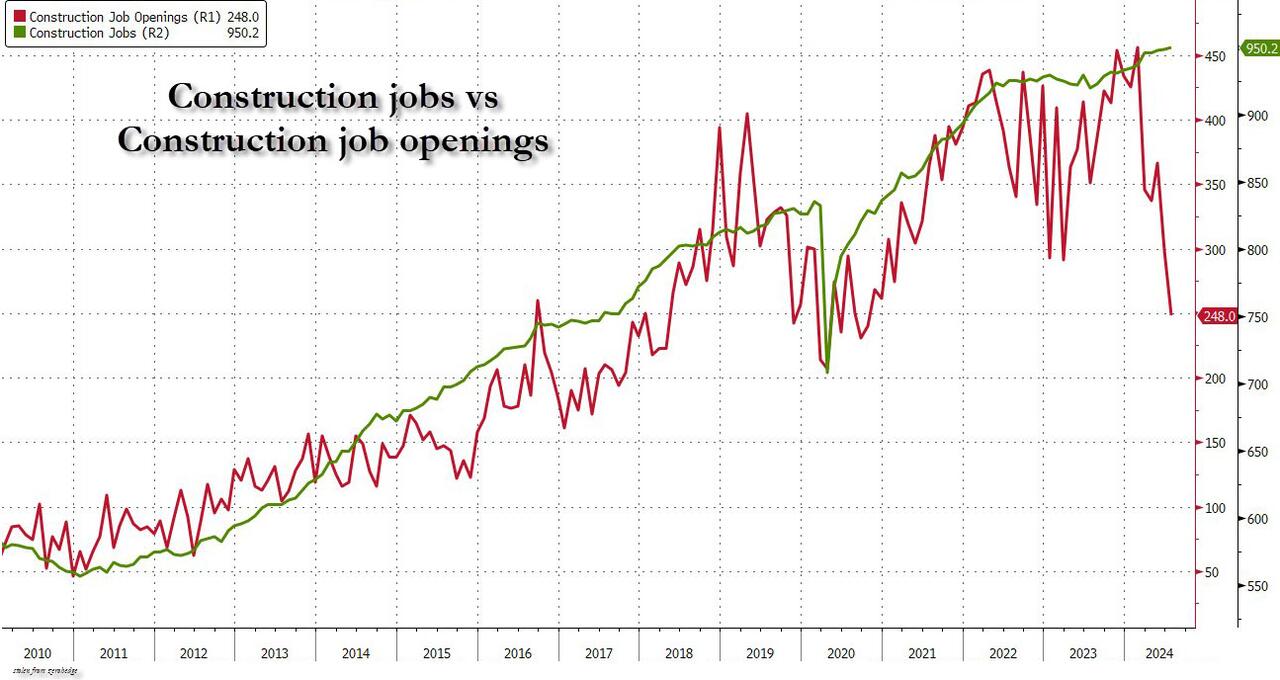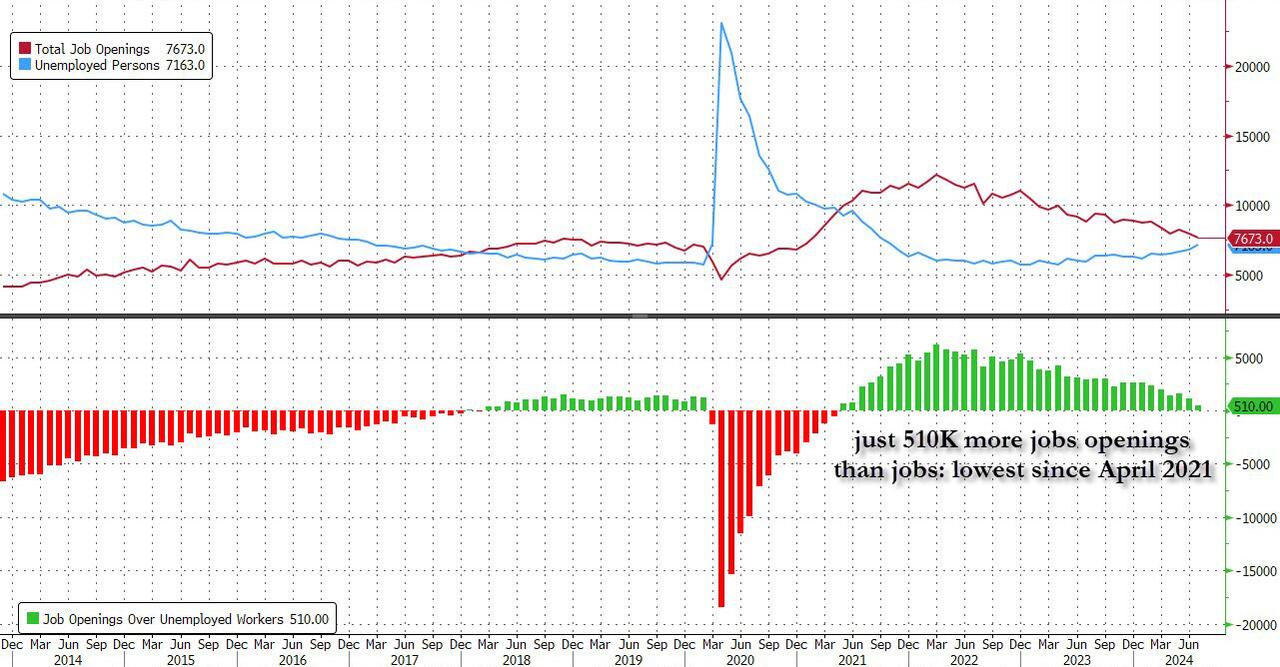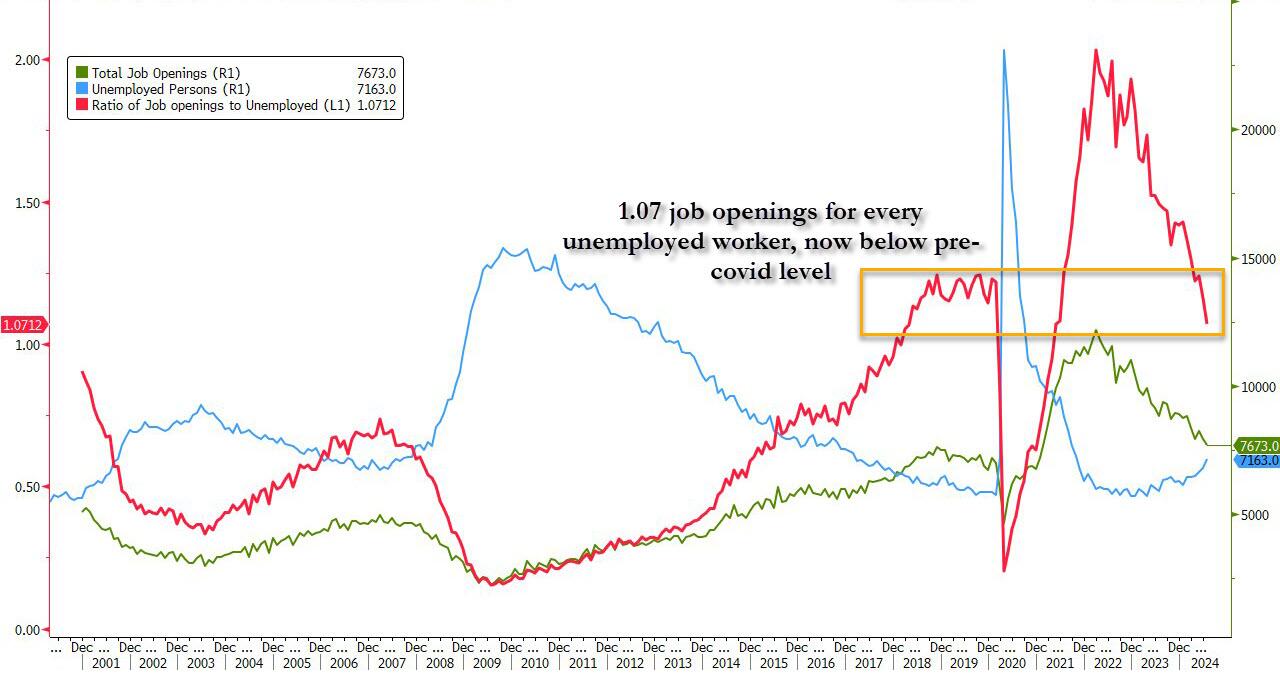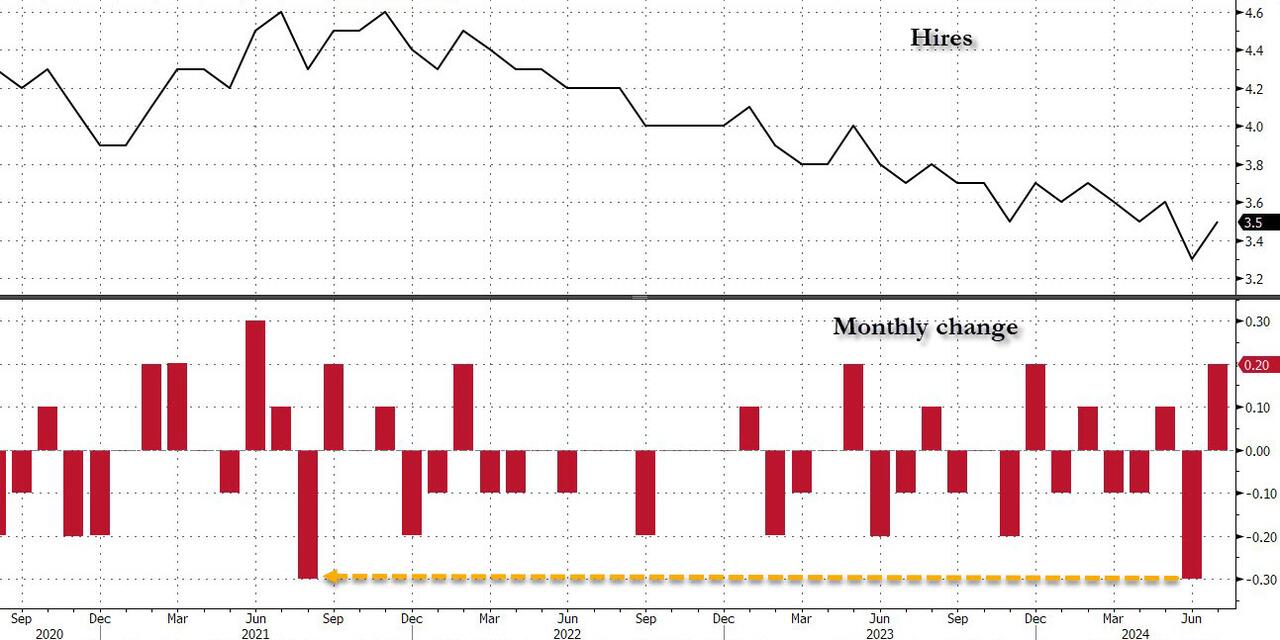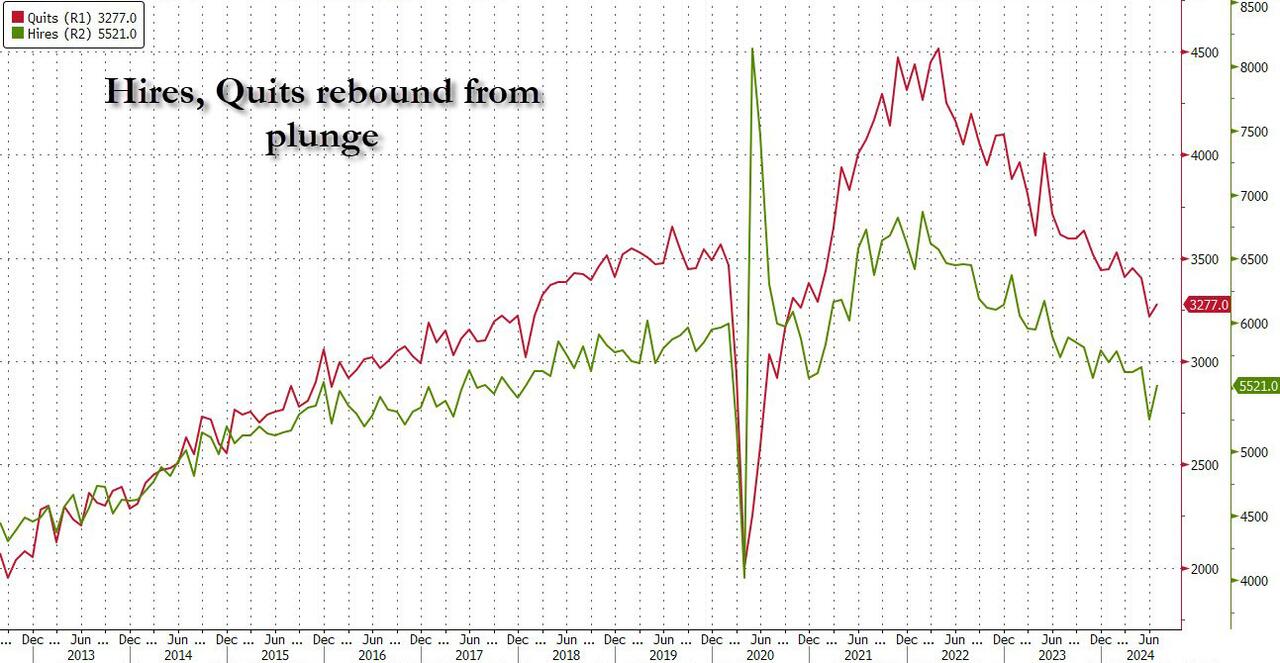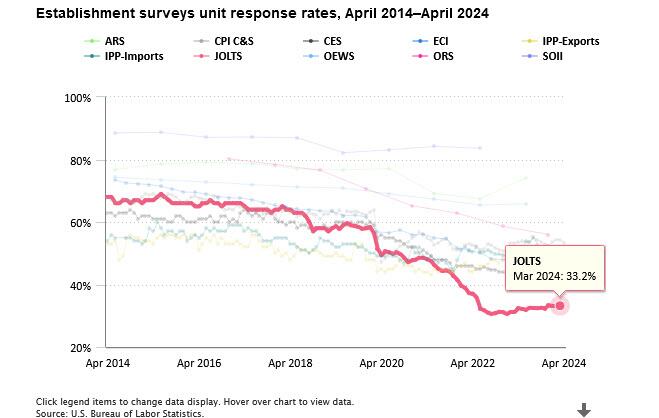Safe Superintelligence (SSI), newly co-founded by OpenAI's former chief scientist Ilya Sutskever, has raised $1 billion in cash to help develop safe artificial intelligence systems that far surpass human capabilities, company executives told Reuters.
SSI, which currently has 10 employees, plans to use the funds to acquire computing power and hire top talent. It will focus on building a small highly trusted team of researchers and engineers split between Palo Alto, California and Tel Aviv, Israel.
The company declined to share its valuation but sources close to the matter said it was valued at $5 billion.The funding underlines how some investors are still willing to make outsized bets on exceptional talent focused on foundational AI research. That's despite a general waning in interest towards funding such companies which can be unprofitable for some time, and which has caused several startup founders to leave their posts for tech giants.
Investors included top venture capital firms Andreessen Horowitz, Sequoia Capital, DST Global and SV Angel. NFDG, an investment partnership run by Nat Friedman and SSI's Chief Executive Daniel Gross, also participated.
"It's important for us to be surrounded by investors who understand, respect and support our mission, which is to make a straight shot to safe superintelligence and in particular to spend a couple of years doing R&D on our product before bringing it to market," Gross said in an interview.
AI safety, which refers to preventing AI from causing harm, is a hot topic amid fears that rogue AI could act against the interests of humanity or even cause human extinction.
A California bill seeking to impose safety regulations on companies has split the industry. It is opposed by companies like OpenAI and Google, and supported by Anthropic and Elon Musk's xAI.
Sutskever, 37, is one of the most influential technologists in AI. He co-founded SSI in June with Gross, who previously led AI initiatives at Apple, and Daniel Levy, a former OpenAI researcher.
Sutskever is chief scientist and Levy is principal scientist, while Gross is responsible for computing power and fundraising.
NEW MOUNTAIN
Sutskever said his new venture made sense because he "identified a mountain that's a bit different from what I was working on."
Last year, he was a part of the board of OpenAI's non-profit parent which voted to oust OpenAI CEO Sam Altman over a "breakdown of communications."
Within days, he reversed his decision and joined nearly all of OpenAI's employees in signing a letter demanding Altman's return and the board's resignation. But the turn of events diminished his role at OpenAI. He was removed from the board and left the company in May.
After Sutskever's departure, the company dismantled his "Superalignment" team, which worked to ensure AI stays aligned with human values to prepare for a day when AI exceeds human intelligence.
Unlike OpenAI's unorthodox corporate structure, implemented for AI safety reasons but which made Altman's ouster possible, SSI has a regular for-profit structure.
SSI is currently very much focused on hiring people who will fit in with its culture.
Gross said they spend hours vetting if candidates have "good character", and are looking for people with extraordinary capabilities rather than overemphasizing credentials and experience in the field.
"One thing that excites us is when you find people that are interested in the work, that are not interested in the scene, in the hype," he added.
SSI says it plans to partner with cloud providers and chip companies to fund its computing power needs but hasn't yet decided which firms it will work with. AI startups often work with companies such as Microsoft and Nvidia to address their infrastructure needs.
Sutskever was an early advocate of scaling, a hypothesis that AI models would improve in performance given vast amounts of computing power. The idea and its execution kicked off a wave of AI investment in chips, data centers and energy, laying the groundwork for generative AI advances like ChatGPT.
Sutskever said he will approach scaling in a different way than his former employer, without sharing details.
"Everyone just says scaling hypothesis. Everyone neglects to ask, what are we scaling?" he said.
"Some people can work really long hours and they'll just go down the same path faster. It's not so much our style. But if you do something different, then it becomes possible for you to do something special."
